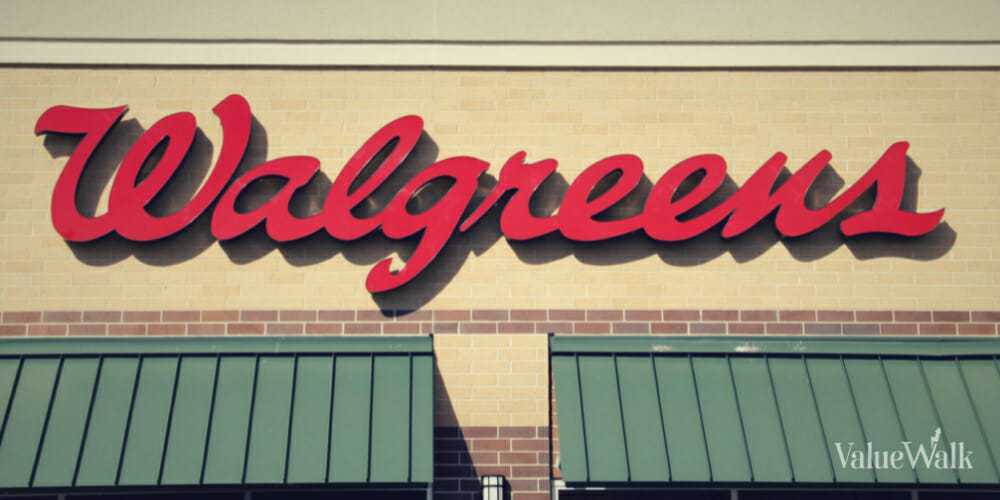Walgreens Boots Alliance (NASDAQ:WBA), typically known as Walgreen in the U.S., is clearly out of favor among investors. Sure, Walgreens is the go-to pharmacy for many Americans, but then, so is Amazon (NASDAQ:AMZN) nowadays. Additionally, Walgreens now has to navigate what CEO Tim Wentworth acknowledges is a “challenging retail environment.”
That’s easier said than done, and Walgreens’ long-term shareholders just can’t seem to catch a break lately. The 4.76% forward annual dividend yield is a nice consolation prize. However, if there’s little hope for share-price appreciation, Walgreens’ investors may continue to feel sick to their stomachs.
VillageMD impairment charge leads to earnings surprise
There was definitely a surprise in Walgreens’ second-quarter fiscal 2024 report, but not a positive one. Indeed, it was a real stunner to catch wind of the pharmacy chain’s quarterly operating loss of $13.2 billion. In contrast, the company reported operating income (not a loss) of $197 million in the year-earlier quarter.
Don’t get the wrong idea. Walgreens’ operating loss doesn’t mean it’s coming apart at the seams. As it turns out, the company’s quarterly operating loss included a “$12.4 billion non-cash impairment charge related to VillageMD goodwill.”
That “impairment charge” can simplistically be explained as a really bad accounting error that necessitated a subsequent readjustment. Thus, Walgreens’ operating loss doesn’t reflect horrible financials, though it’s certainly embarrassing to admit such an egregious accounting misstep.
To recap, VillageMD is Walgreens’ attempt to delve into primary healthcare. It’s evidently not doing badly. As the company explains, VillageMD grew 20% (year over year, presumably) “on a pro forma basis, reflecting same-clinic growth and additional full-risk lives under management.”
On the other hand, Reuters reported that VillageMD “plans to shut over 160 clinics.” Going forward, investors should monitor the segment’s contribution to Walgreens’ financials and assess whether it’s a net positive or negative. After all, Walgreens has poured more than $6 billion of investment capital into VillageMD, and it’s not a foregone conclusion that America is ready to view Walgreens as more than a retail pharmacy and convenience-store chain.
With VillageMD, Walgreens’ U.S. Healthcare segment includes VillageMD, at-home care provider CareCentrix, and Shields Health Solutions, a specialty pharmacy. Perhaps part of the reason WBA stock has been such a poor performer is that the market still needs to be convinced that Walgreens’ expansion/ transformation actually adds value to the company.
The VillageMD-associated impairment charge hasn’t exactly boosted the confidence of Walgreens’ shareholders. For what it’s worth, the company could provide another surprise in the next quarterly report — hopefully, a positive surprise instead of a negative shock.
Get paid to wait — possibly for a long time
Gabelli Funds Portfolio Manager Jeff Jonas doesn’t seem too perturbed by Walgreens’ latest round of quarterly results. Jonas acknowledged that the company might not undergo a turnaround until 2026. Yet, at the same time, Jonas considers Walgreens’ valuation to be “really low” and feels that the company’s dividend is “good.”
Walgreens’ dividend looks “good” on the surface, but sometimes dividend yields only rise because the share price keeps going down. Thus, on a big-picture basis, Walgreens’ high dividend yield might not be such a “good” thing, after all.
Furthermore, it’s challenging to assess Walgreens’ valuation. Jonas can call it “really low,” but Walgreens posted a $5.9 billion net loss in its most recently reported quarter. Consequently, Walgreens has no price-to-earnings (P/E) ratio since it didn’t report any earnings.
Thus, that accounting error really messed everything up. Year over year, Walgreens decreased its capital expenditures (capex) by $146 million; however, the company also reported free cash flow (FCF) of -$610 million (that’s negative $610 million), a horrendous “$1.3 billion decrease compared with the year-ago quarter.”
In any case, Jonas reassured Walgreens’ shareholders that because of the dividend, they’re “getting paid to wait.” That’s an old standby statement for long-term dividend investors, but it’s hardly worth the wait if there’s more share-price destruction in store.
Maybe there’s hope on the horizon. When you don’t count the impairment charge and other one-time items, Walgreens actually profited to the tune of $1.20 per share in Q2 FY2024. In contrast, analysts only expected the company to have earned 82 cents per share. With that piece of positive news in mind, it’s not a terrible idea to buy a few WBA stock shares in hopes of Walgreens’ bill of health improving throughout 2024.












